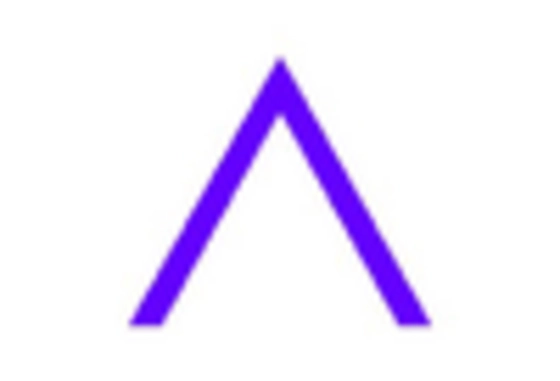The Heating Appliances Market is currently characterized by a dynamic competitive landscape, driven by technological advancements, sustainability initiatives, and evolving consumer preferences. Major players such as Honeywell (US), Bosch (DE), and Daikin (JP) are strategically positioning themselves through innovation and regional expansion. Honeywell (US) focuses on integrating smart technology into its heating solutions, enhancing user experience and energy efficiency. Bosch (DE) emphasizes sustainability, investing in eco-friendly technologies to meet stringent regulatory standards. Daikin (JP) is expanding its footprint in emerging markets, leveraging its advanced HVAC systems to capture a broader customer base. Collectively, these strategies not only enhance their market presence but also intensify competition, as companies strive to differentiate themselves in a crowded marketplace.
Key business tactics within the Heating Appliances Market include localizing manufacturing and optimizing supply chains to enhance operational efficiency. The market structure appears moderately fragmented, with several key players holding substantial market shares. This fragmentation allows for a diverse range of products and innovations, yet the influence of major companies remains significant, as they set trends and standards that smaller players often follow. The collective actions of these key players shape the competitive dynamics, fostering an environment where innovation and sustainability are paramount.
In August 2025, Honeywell (US) announced a partnership with a leading tech firm to develop AI-driven heating solutions aimed at optimizing energy consumption in residential settings. This strategic move underscores Honeywell's commitment to leveraging cutting-edge technology to enhance product offerings, potentially positioning the company as a leader in smart heating solutions. The integration of AI not only improves efficiency but also aligns with growing consumer demand for sustainable and intelligent home systems.
In September 2025, Bosch (DE) unveiled a new line of heat pumps designed specifically for the European market, which are expected to significantly reduce carbon emissions. This launch reflects Bosch's proactive approach to sustainability and its alignment with European Union regulations aimed at reducing greenhouse gas emissions. By focusing on eco-friendly products, Bosch is likely to strengthen its market position and appeal to environmentally conscious consumers, thereby enhancing its competitive edge.
In July 2025, Daikin (JP) expanded its manufacturing capabilities in Southeast Asia, aiming to meet the increasing demand for energy-efficient heating solutions in the region. This expansion not only allows Daikin to localize production but also reduces lead times and transportation costs, enhancing its competitive positioning. By investing in regional manufacturing, Daikin is poised to respond more effectively to market demands and strengthen its supply chain resilience.
As of October 2025, the Heating Appliances Market is witnessing a pronounced shift towards digitalization, sustainability, and AI integration. These trends are reshaping competitive dynamics, as companies increasingly form strategic alliances to enhance their technological capabilities and market reach. The focus appears to be shifting from price-based competition to a landscape where innovation, technology, and supply chain reliability are paramount. As the market evolves, differentiation through advanced technologies and sustainable practices will likely become the cornerstone of competitive strategy.


















Leave a Comment